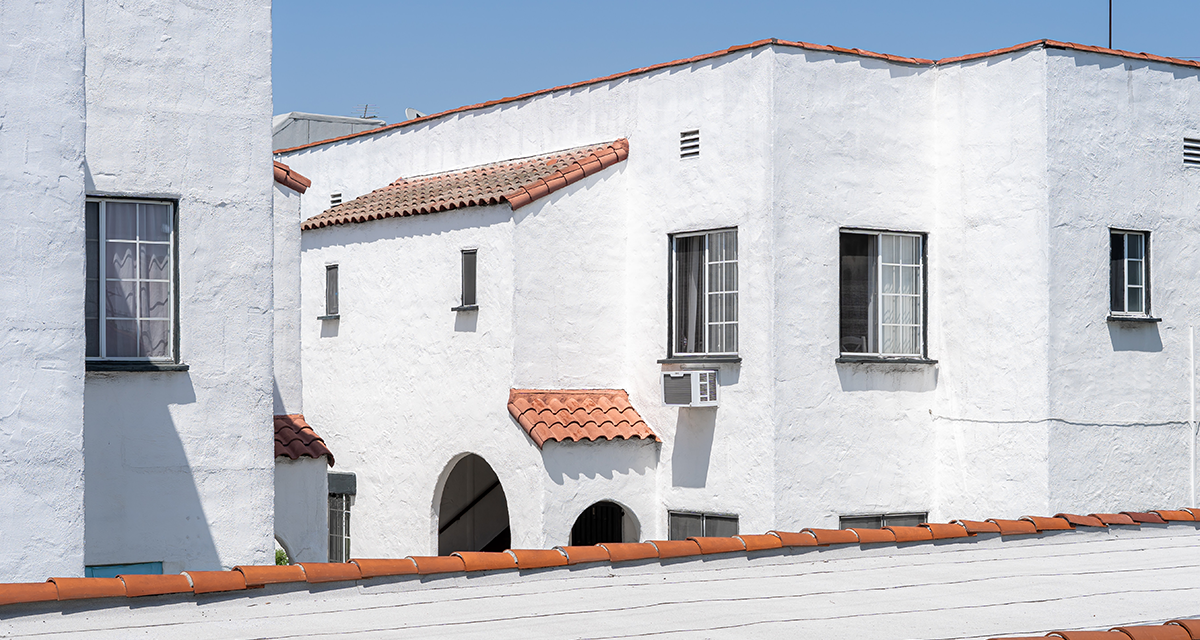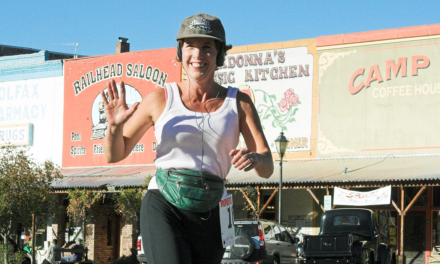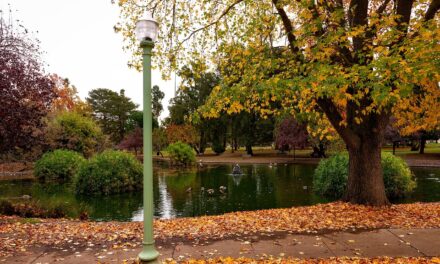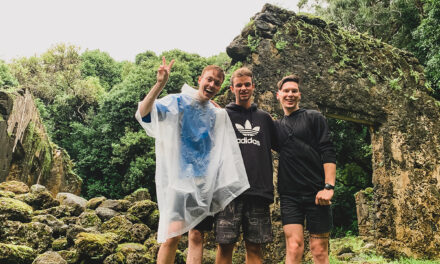Glendale is in the heart of Southern California, a city with a history as vibrant as its streets.
This enclave in the San Fernando Valley isn’t just a hub of modern-day culture and commerce; it’s a mosaic of history, stretching from ancient times to its contemporary status as a bustling urban center.
This expanded exploration ventures deeper into the landmarks and eras that have sculpted Glendale’s unique character.
From Ancient Roots to Spanish Influence
Long before European exploration, the Tongva people called the Glendale area home, living in harmony with the land for millennia.
Their influence remains a foundational layer of the region’s history. The 18th century saw a pivotal shift with the arrival of Spanish missionaries, who established missions and introduced new agricultural practices, altering the landscape and indigenous cultures.
The Birth and Blossoming of Glendale
Officially founded in 1884, Glendale’s growth was initially spurred by the Southern Pacific Railroad.
This advancement connected Glendale to broader California, inviting settlers and fostering a burgeoning citrus industry. The city’s transformation continued into the 20th century, evolving from a quaint agricultural community into a thriving urban center.
Glendale’s Golden Era: Aviation and Entertainment
The 1920s marked a golden era for Glendale.
The Grand Central Airport emerged as a critical player in the burgeoning aviation industry, hosting many historic flights and advancements.
In tandem, Glendale’s proximity to Hollywood attracted film studios and stars, weaving the city into the glamorous narrative of the entertainment industry. This period saw significant economic growth and a boost in cultural significance.
War and Post-War Transformation
Glendale’s narrative took a dramatic turn during and after World War II.
The city played a crucial role in the war effort, with its airports and industries pivoting to support military needs. Post-war, a housing boom and demographic shifts reshaped Glendale as it welcomed new residents and veterans, adding to its cultural diversity.
Modern Glendale: A Melting Pot of Innovation and Diversity
Today, Glendale stands proud as a diverse and dynamic city.
Its economy is robust, with major companies and a thriving downtown area. Retail and entertainment centers like The Americana at Brand and the Glendale Galleria draw people from all over. Glendale’s cultural diversity is celebrated through various festivals, reflecting a community that values its multifaceted heritage.
Glendale’s Past: A Comprehensive Q&A
Q: How did the Tongva people influence early Glendale?
A: The Tongva’s harmonious living with the land and rich cultural traditions set a historical foundation for Glendale.
Q: What impact did the Spanish missionaries have on Glendale?
A: They introduced new agricultural practices and architectures, significantly changing the indigenous way of life and shaping the area’s development.
Q: How did the Southern Pacific Railroad contribute to Glendale’s growth?
A: It facilitated trade and transport, attracting settlers and fostering economic development, particularly in the citrus industry.
Q: What was Glendale’s role in early aviation?
A: Glendale’s Grand Central Airport was a significant aviation hub, crucial in the industry’s development and technological advancements.
Q: How did World War II affect Glendale?
A: The city’s industries and airport adapted to support the war effort, leading to economic and demographic shifts post-war.
Q: What modern attractions define Glendale today?
A: Destinations like The Americana at Brand, Glendale Galleria, and vibrant cultural events highlight Glendale’s modern appeal.
Q: How does Glendale honor its cultural diversity?
A: Glendale celebrates its community’s diverse backgrounds and traditions through various cultural festivals and events.
Glendale’s Evolution: Reflecting on Yesterday, Envisioning Tomorrow
Tracing Glendale’s history, one witnesses a continually adapted and flourishing city.
Its journey from indigenous lands to a modern multicultural city is a testament to resilience and diversity.
How will this rich history guide Glendale’s future? What new stories will emerge in this city of evolution and innovation?
The future chapters of Glendale’s story will undoubtedly be as compelling as its past as it embraces change while honoring its deep-rooted heritage.
In what ways will Glendale’s historical tapestry continue to shape its identity and growth?





